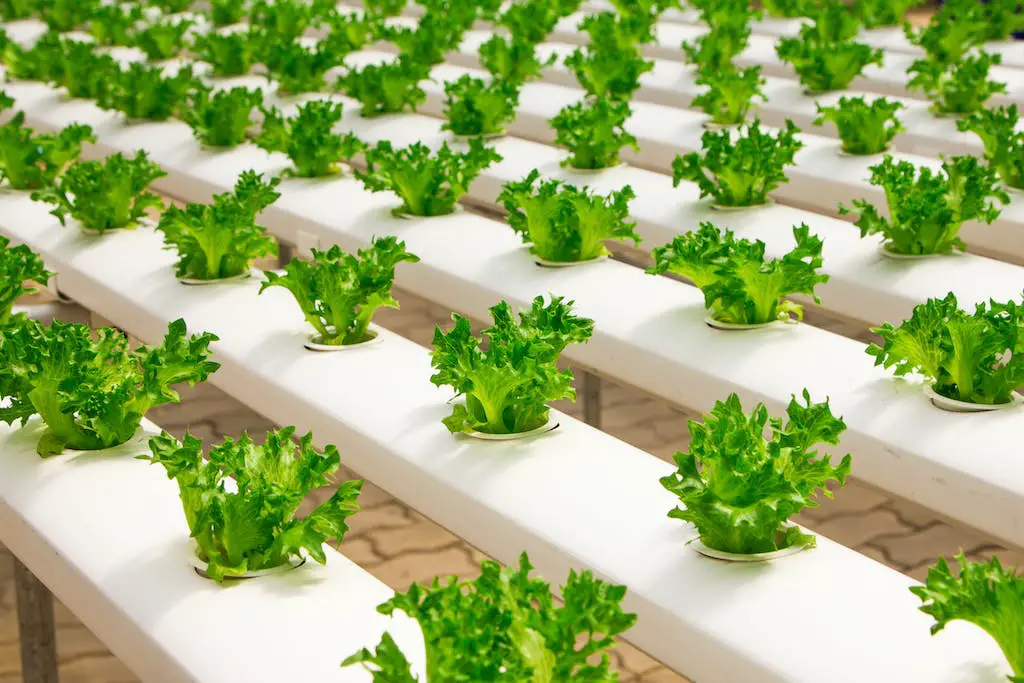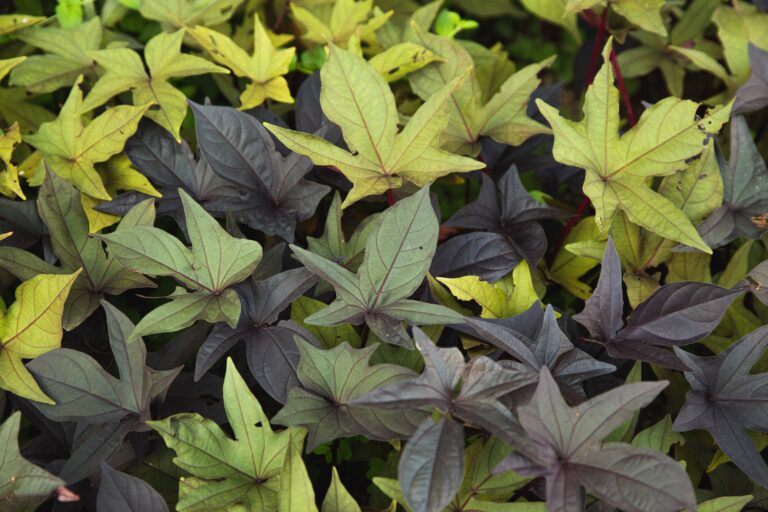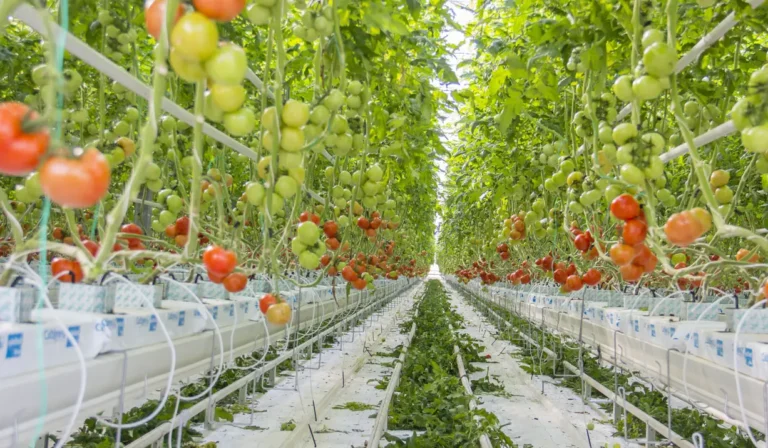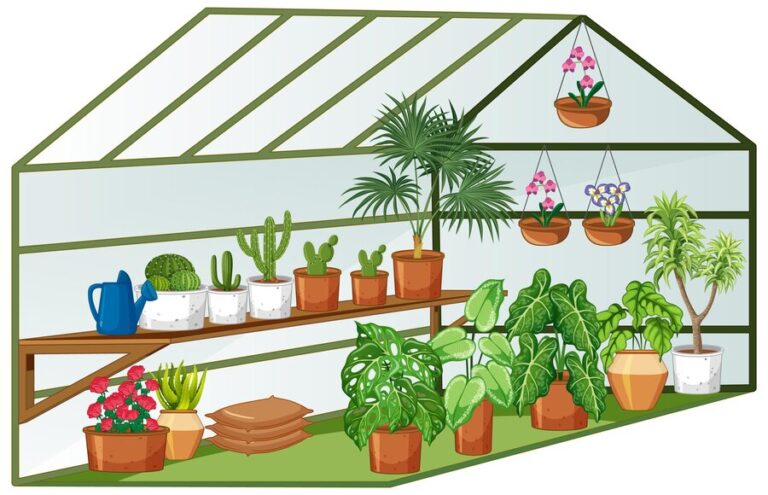How to Grow Potatoes Hydroponically: A Simple and Effective Method
Table of Contents
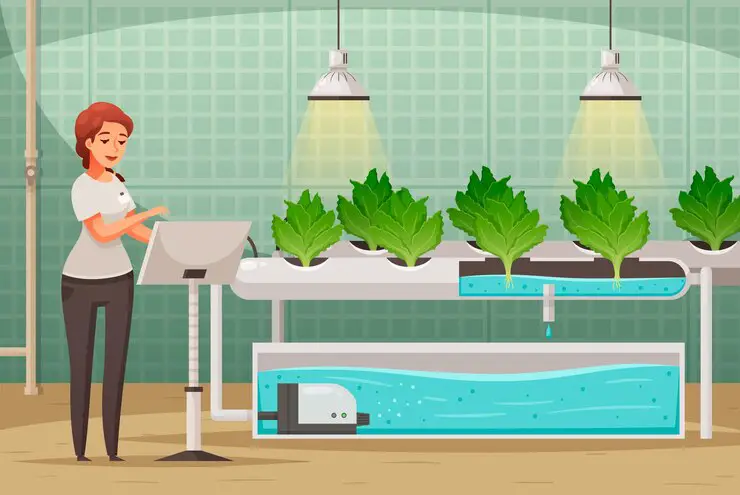
Maximizing Yield and Quality in Hydroponic Potato Production
Potatoes are a popular and versatile crop, and hydroponic potato production offers a promising way to maximize yield and quality. By utilizing a controlled and nutrient-rich environment, growers can optimize plant growth, minimize disease and pests, and ultimately achieve higher yields. In addition, hydroponics allows for precise control over water and nutrient intake, resulting in potatoes with improved taste, texture, and nutritional content.
One key factor in maximizing yield and quality in hydroponic potato production is selecting the right cultivar. Different potato varieties have varying growth habits, resistance to disease, and desired culinary characteristics. By carefully choosing cultivars that are well-suited to hydroponic systems, growers can ensure optimal plant health and productivity. Factors such as tuber size, skin color, and flesh texture should also be taken into account to meet market demands.
Furthermore, maintaining proper nutrient balance is crucial for the success of hydroponic potato production. Potatoes require a range of macro and micronutrients for optimal growth and yield. By monitoring nutrient levels regularly and adjusting the solution accordingly, growers can prevent deficiencies or toxicities that may hinder plant development. It is also important to consider the pH of the nutrient solution, as potatoes prefer a slightly acidic environment for nutrient uptake and root health.
In conclusion, maximizing yield and quality in hydroponic potato production requires careful attention to cultivar selection and nutrient management. By implementing these practices, growers can harness the full potential of hydroponics to produce potatoes that are both abundant and of exceptional quality. Future research and advancements in hydroponic systems will continue to contribute to the success of this innovative method of potato production.
• Selecting the right cultivar is crucial for maximizing yield and quality in hydroponic potato production.
• Different potato varieties have varying growth habits, disease resistance, and culinary characteristics.
• Carefully choosing cultivars that are well-suited to hydroponic systems ensures optimal plant health and productivity.
• Consider factors such as tuber size, skin color, and flesh texture to meet market demands.
• Maintaining proper nutrient balance is essential for success in hydroponic potato production.
• Potatoes require a range of macro and micronutrients for optimal growth and yield.
• Regularly monitor nutrient levels and adjust the solution accordingly to prevent deficiencies or toxicities that may hinder plant development.
• Pay attention to the pH of the nutrient solution as potatoes prefer a slightly acidic environment for nutrient uptake and root health.
Can hydroponic potato production yield higher yields compared to traditional soil-based methods?
Yes, hydroponic potato production has the potential to achieve higher yields compared to traditional soil-based methods due to better nutrient and water management.
What are the key factors to consider when maximizing yield and quality in hydroponic potato production?
The key factors to consider are proper nutrient management, optimal lighting conditions, maintaining appropriate pH and EC levels, disease and pest control, and ensuring proper air circulation.
How can I ensure optimal nutrient management in hydroponic potato production?
Optimal nutrient management can be achieved by regularly monitoring and adjusting nutrient levels, providing a balanced nutrient solution, and following a nutrient schedule tailored specifically for potato cultivation.
What type of lighting is best for hydroponic potato production?
LED grow lights are commonly used for hydroponic potato production, as they provide the necessary light spectrum for photosynthesis and can be tailored to the specific growth stages of potatoes.
What pH and EC levels are recommended for hydroponic potato production?
The ideal pH range for hydroponic potato production is between 5.8 and 6.2, while the recommended EC (electrical conductivity) levels range from 1.8 to 2.2 mS/cm.
How can I ensure disease and pest control in hydroponic potato production?
Implementing proper sanitation practices, using pest-resistant potato varieties, regularly monitoring plants for signs of diseases or pests, and using organic or approved chemical control methods can help maintain disease and pest control in hydroponic potato production.
Why is proper air circulation important in hydroponic potato production?
Proper air circulation is important to prevent the buildup of excess humidity, which can lead to the development of fungal diseases. It also helps in strengthening the potato plants and enhancing transpiration.
Are there any specific challenges or considerations when growing potatoes hydroponically?
Yes, some challenges in hydroponic potato production include managing tuber set and size, preventing excessive vegetative growth, ensuring proper tuber development, and addressing specific nutrient requirements for optimized potato growth.
Can hydroponic potato production be economically viable?
Hydroponic potato production can be economically viable by maximizing yields, reducing inputs such as water and fertilizers, and implementing efficient production practices. However, careful planning and cost analysis are necessary to determine profitability.
Are there any specific varieties of potatoes that are best suited for hydroponic production?
While many potato varieties can be grown hydroponically, some popular choices include Yukon Gold, Red Norland, and Russet Burbank. The choice of variety depends on personal preferences and market demand.

Ankit Garg is a seasoned writer at South El Monte Hydroponics, blending his passion for agriculture with a penchant for storytelling. With a degree in Agricultural Sciences from a prestigious institution, Ankit’s expertise lies in hydroponics, sustainable farming, and innovative cultivation techniques. His keen interest in exploring the intersection of technology and agriculture has led him to delve deep into the realm of hydroponic farming, where he thrives in uncovering the latest advancements and sharing insights through his engaging prose. Ankit’s dedication to promoting eco-friendly and efficient farming practices through his writing has earned him recognition within the agricultural community and beyond.

